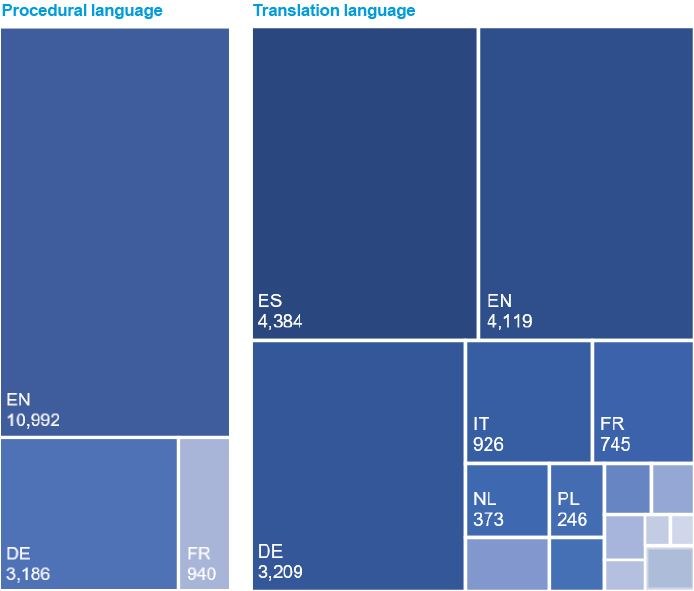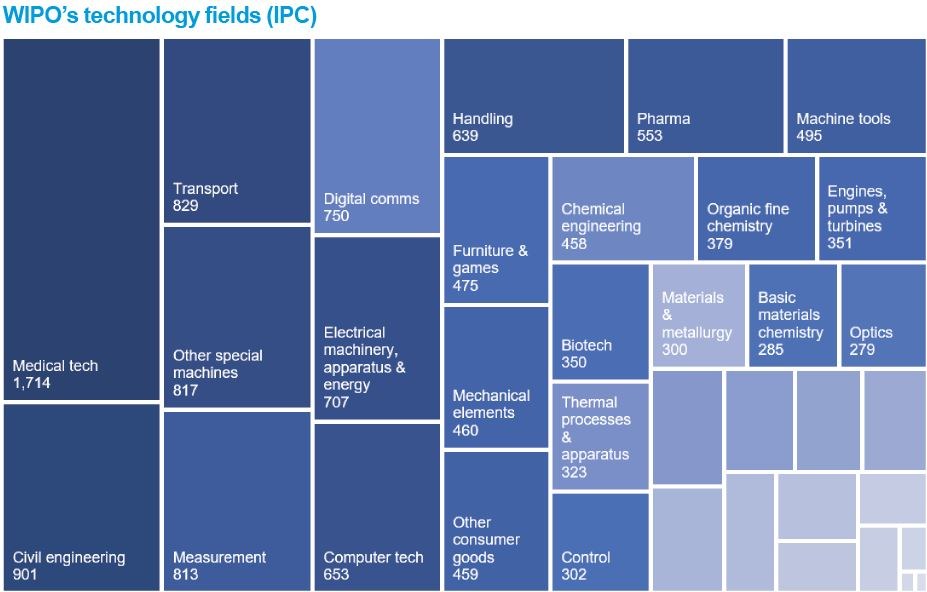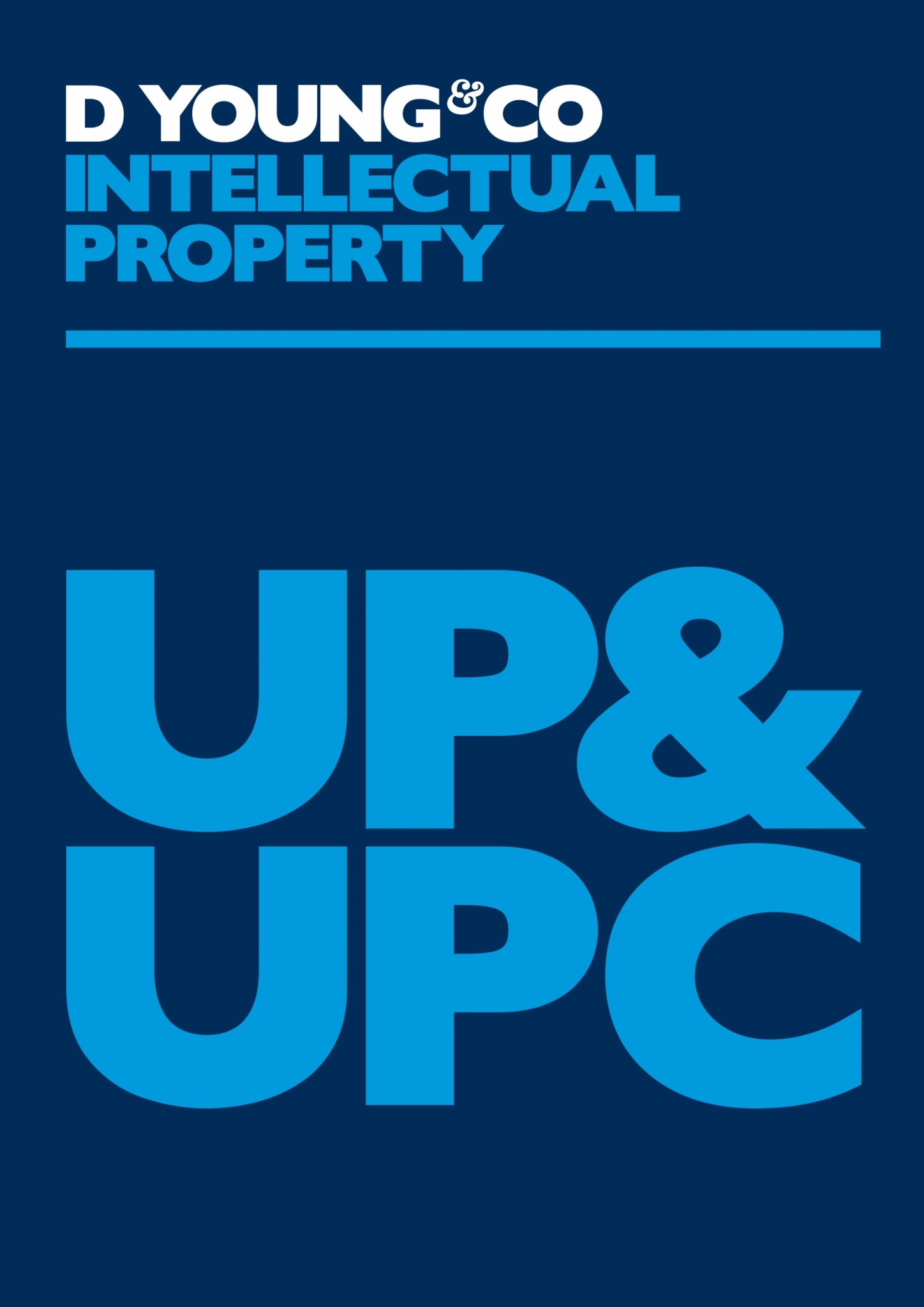Six months of the UPC: a deep dive into the statistics
It has now been a little over six months since the Unified Patent Court (UPC) opened its doors on 01 June 2023 as the long-promised new system finally became a reality.
From the same date, unitary patents (UPs) have been available to European patent owners, enabling them to obtain patent protection in multiple European countries with a single right.
We explored some of the statistics behind the UPC and UP so far in a recent article, including their uptake in general terms as well as the uptake of the UP when broken down by the country of residence of applicants. In this article, we seek to shed some light on a few more surprising statistics relating to the UP that may be observed so far.
Related article
UP and UPC statistics: unitary patent requests, Unified Patent Court opt out and revocation actions:

Translation language choice
One such statistic relates to the choice of language in which the translation of the European patent is filed in. This is one of the requirements for obtaining a unitary patent. For all European patent applications where the language of proceedings (that is, the language in which the application was filed or subsequently translated into) is German or French a full translation of the specification into English must be filed. Of the 15118 requests for unitary effect (that is, requests for UPs) filed as of 01 December 2023, the language of procedure was German in 21.1% and French in 6.2%. As such, English translations of the patent specification were filed for 27.2% of the 15118 requests.
However, for the 10992 requests for unitary effect filed as of 01 December 2023 for which the language of procedure is English the translation of the patent specification could be filed in any other language of the European Union. It might therefore have been expected that a large proportion of these would be filed in German, or perhaps French. However, as can be seen from the graphic above, the largest share of translated specifications have been filed in Spanish, at 27.2% of the total number of UP requests, and a huge 39.9% of those where the language of proceedings is English.
Given that Spain is not a member state of the UPC this is, at first glance, somewhat surprising. Why are so many English-language patent translations being filed in Spanish, when requesting UPs rather than in German, French, Italian or Dutch? There may be some tactical reasons at play here, but the answer – as is so often the case – seems more likely to be down to cost. European patent validation in Spain requires the full translation of the patent specification into Spanish, and so re-use of the same translation for applicants wishing to gain patent protection in Spain as well as via a unitary patent is more efficient than obtaining separate translations for Spanish validation and unitary patent validation. There is a slight irony here in that the reason Spain is not a UPC member state is because of official language concerns. Despite this, the Spanish language does seem to playing a rather large unofficial role.

Unitary patent rate by technology area
Another interesting statistic observed so far is the breakdown of the number of unitary patents obtained by technical field. The above graphic shows the breakdown across 35 fields, which are those defined by the World Intellectual Property Organization (WIPO), and used in the Patent Index.
What is clear is that no single technology area is dominant in respect of the sectors in which unitary patents are being obtained. It may have been expected that some of the more contentious technology areas, or those in which patents have a higher individual value, would see a greater number of unitary patents than other technology areas. Similarly, it may have been expected to see a higher unitary patent rate for technical fields, in which applicants typically validate their European patents in a wider range of countries, meaning that UPs would be more cost-effective on an individual basis.
However, this has not really been the case so far, with unitary patents being spread fairly evenly across a whole range of sectors. This indicates that the value of the unitary patent is seen and appreciated by a broad range of applicants, in a diverse set of businesses and fields. It will be interesting to see the percentage of obtained UPs which end up being subject to actions lodged at the UPC on a per-technology field basis, and whether this then has a knock-on effect of the rate at which UPs are obtained in those fields, but it is currently much too early for such analysis.
Status of registration
As of 01 December 2023, 15118 requests for unitary effect have been received, as noted above. Of these, 14714 UPs have been registered, with another 375 pending, and of which we can probably expect all, or almost all, to be granted. So far, 21 unitary patents have been withdrawn, which could be down to common reasons such as non-payment of renewal fees or patent owners pruning their portfolios.
Only 8 requests for unitary effect have been rejected. This perhaps illustrates the relative ease of obtaining a unitary patent where one is wanted by an applicant upon their European patent application being granted. However, care should still be taken to make sure the requirements for unitary effect are met. For example, the European patent must be granted with the same set of claims in all UPC member states. Applicants must therefore be careful when withdrawing designations pre-grant, or when making amendments to claims which may differ between jurisdictions, which may sometimes be done if there are prior national rights, so as to avoid falling foul of double patenting rules. Consent of all proprietors is required when requesting unitary effect, so care should also be taken to make sure that this requirement is met when a unitary patent is sought.
Changes to EPO Statistics and Trends Centre
Much of the statistical information used in this article have been taken from the European Patent Office’s (EPO) Statistics & Trends Centre. Changes and updates have been made to the UP statistics dashboard, with one of those being a bigger breakdown in the technology areas in which UPs are obtained. There is plenty of other useful information and customisable charts available through this site on top of the statistics relating to unitary patents.
There is a now a tracker on the Unitary Patent tab which shows the unitary patent uptake rate, on a cumulative basis for the current year. In our recent article exploring some of the statistics behind the UPC and UP so far, it was estimated that assuming European patents were granted at the a similar rate in 2023 as in 2022 (where around 80,000 patents were granted), and given the current numbers of unitary patents being requested, the number of UPs requested represents somewhere around 40% of all granted European patents. The tracker on the EPO Statistics & Trends Centre page, however, as of 01 December 2023, pegs the number of unitary patents requested at 16.3% of all European patents granted in the last year.
The discrepancy between these percentage figures can perhaps be explained by the fact that unitary patents have only been obtainable since 01 June 2023, so for a little over six months, while the uptake rate of 15.6% is with respect to the cumulative current year (that is, the rate at which unitary patents have been obtained from all European patents granted in the last 12 months). It may, therefore, be expected that there will be some convergence between these different percentage rates over time as things stabilise and more data becomes available, perhaps settling somewhere in the mid 30s.
One factor which may bring the uptake rate of unitary patents down a little is that it was possible to delay grant of European patent applications during the transition period from 01 January 2023 to 01 June 2023, and so the number of granted European patents in the second half of 2023 is likely to be artificially higher than first half of 2023. On the other hand, currently only 17 states have ratified the UPC agreement with another seven still to go. Newly obtained unitary patents will therefore become a little more powerful over time which may prompt a small rise in the unitary patent uptake rate.
What can certainly be said is that the unitary patent is already proving popular. As ever, we will continue to monitor developments and provide updates on both the UP and UPC going forward.
Useful links
- UP and UPC statistics: unitary patent requests, Unified Patent Court opt out and revocation actions: dycip.com/up-upc-statistics-oct2023
- European Patent Office’s (EPO) Statistics & Trends Centre, EPO: dycip.com/epo-up-statistics

